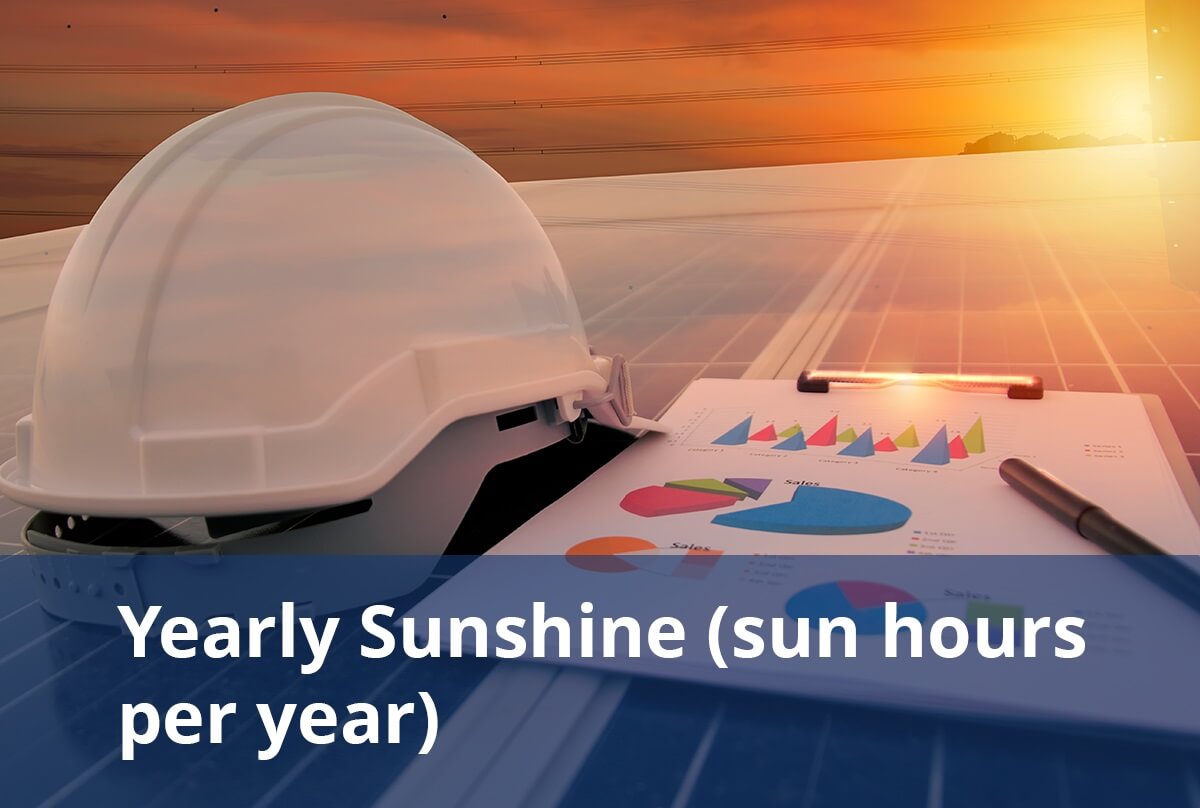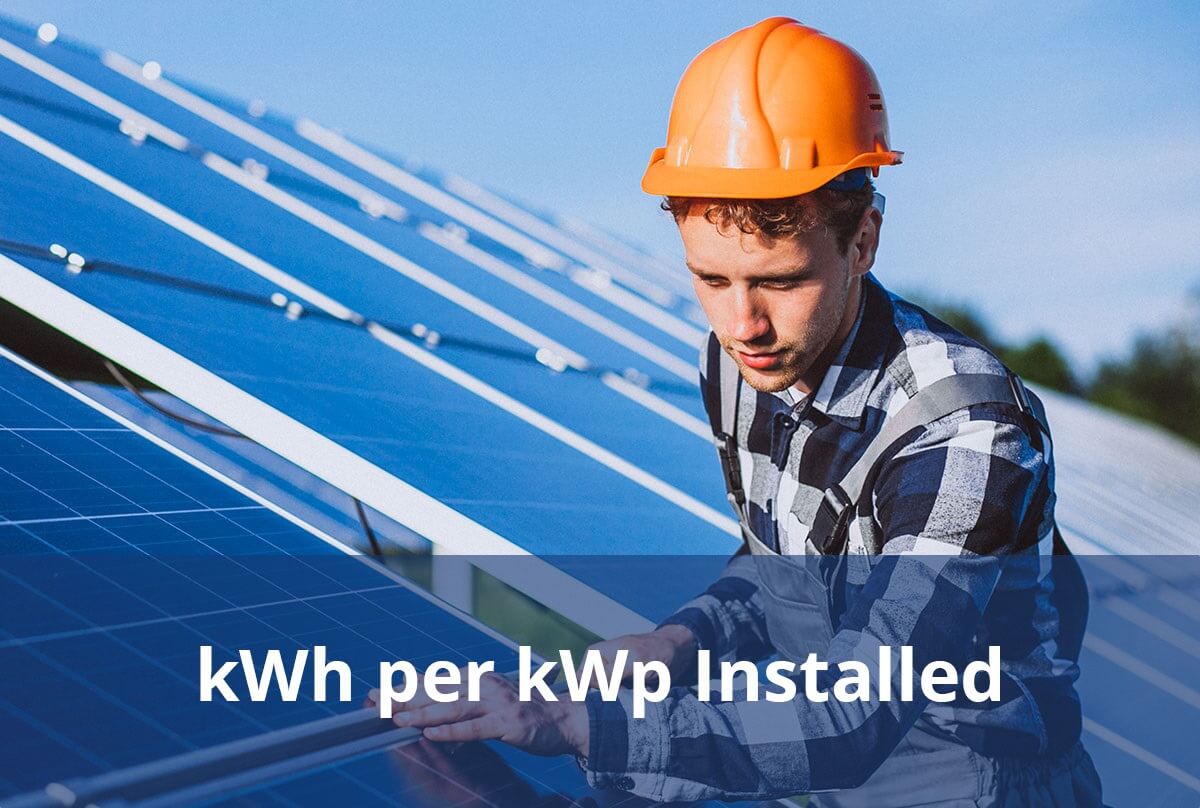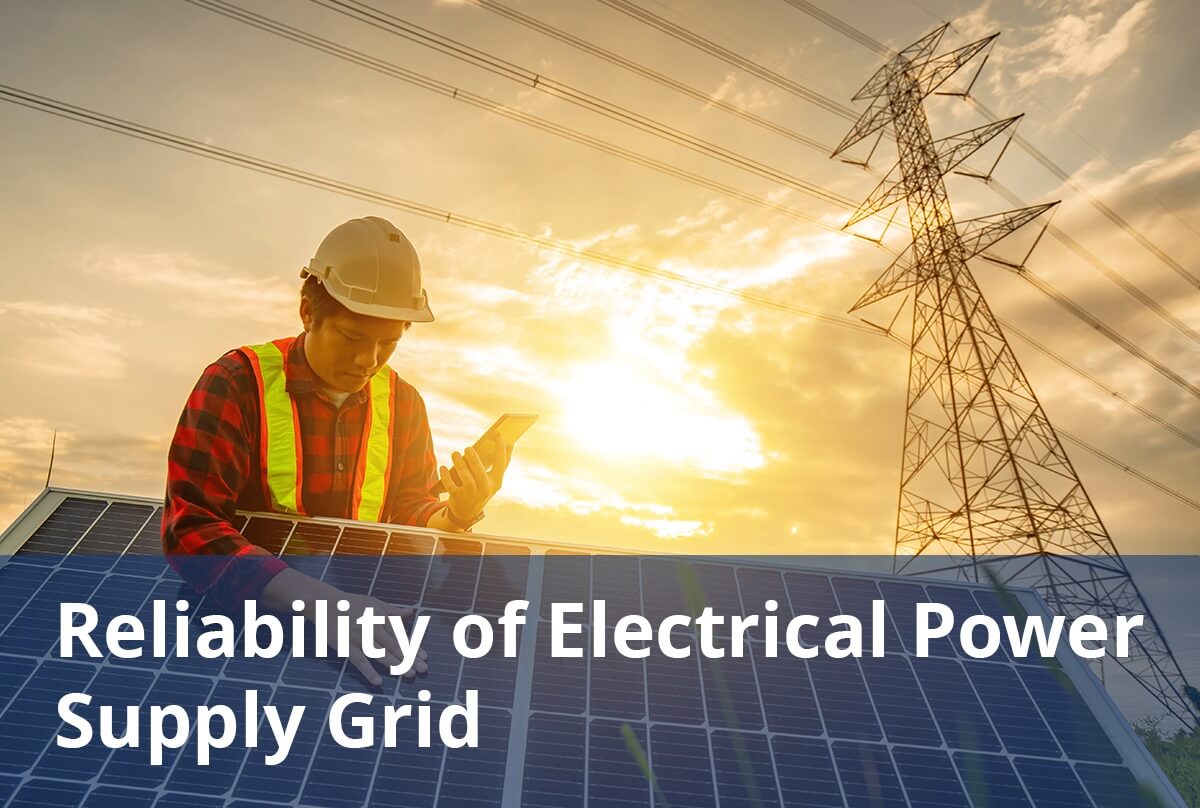Discover comprehensive insights into the statistics, market trends, and growth potential surrounding the solar panel manufacturing industry in Angola
- Climate Top. (2024). Sunshine & daylight hours in Luanda, Angola. Retrieved May 21, 2024, from https://www.climate.top/angola/luanda/sunlight/
- World Economic Forum. (2022). The future looks bright for Africa’s solar energy output. Retrieved May 21, 2024, from https://www.weforum.org/agenda/2022/07/africa-solar-power-energy-sustainability-climate-change/
- Trade.gov. (2024). Angola – Country Commercial Guide. Retrieved May 21, 2024, from https://www.trade.gov/angola-country-commercial-guide
- Afrobarometer. (2023). Lack of access, connection to the electric grid still plagues most rural residents in Angola. Retrieved May 21, 2024, from https://www.afrobarometer.org/wp-content/uploads/2023/07/AD664-Most-rural-Angolans-still-lack-electricity-Afrobarometer-4july23.pdf
- Kemp, Y. (2023). Angola leads the PV way as Africa increases solar energy capacity. ESI Africa. Retrieved May 21, 2024, from https://www.esi-africa.com/renewable-energy/solar/angola-leads-the-pv-way-as-africa-increases-solar-energy-capacity-report/
- Climate Scope. Angola. Retrieved May 21, 2024, from https://www.global-climatescope.org/markets/ao/
- Ministry of Energy Republic of South Africa. Memorandum from the Parliamentary Office. Retrieved May 21, 2024, from https://angolaenergia2025.gestoenergy.com/en/conteudo/solar-energy
- DLA Piper. (2022). Africa energy futures Angola. Retrieved May 21, 2024, from https://www.dlapiper.com/en-ar/insights/publications/2022/11/africa-energy-futures/africa-energy-futures-angola
- Statista. (2024). Share of the population with access to electricity in Angola from 2011 to 2021. Retrieved May 21, 2024, from https://www.statista.com/statistics/1221078/population-with-access-to-electricity-in-angola/
- Mwirigi, C. (2023). Angola secures $1.44 billion to power rural areas with solar. PV Magazine. Retrieved May 21, 2024, from https://www.pv-magazine.com/2023/07/13/angola-secures-1-44-billion-to-power-rural-areas-with-solar/
- Energy Capital & Power. (2023). 6 solar projects driving electrification in Angola. Retrieved May 21, 2024, from https://energycapitalpower.com/solar-energy-angola-electrification/
- DAR Group. Angola’s 370 MWp solar photovoltaic power plants. Retrieved May 21, 2024, from https://www.dar.com/work/project/angola%E2%80%99s-370-mwp-solar-photovoltaic-power-plants
- EcoWatch. (2024). Solar panel cost guide in Angola (2024 update). Retrieved May 21, 2024, from https://www.ecowatch.com/solar/panel-cost/in/angola
- World Bank. (2022). Off-Grid Solar Market Trends Report 2022: State of the Sector Executive Summary. Retrieved May 21, 2024, from https://www.gogla.org/wp-content/uploads/2023/04/executive_summary_report_2022.pdf
- The Energy Year. (2024). Angola’s power generation and electrification ambitions. Retrieved May 21, 2024, from https://theenergyyear.com/articles/angolas-power-generation-and-electrification-ambitions/
- World Salaries. (2024). Average solar photovoltaic installer salary in Angola. Retrieved May 21, 2024, from https://worldsalaries.com/average-solar-photovoltaic-installer-salary-in-angola/
- Worldometer. (2024). Population of Angola. Retrieved May 21, 2024, from https://www.worldometers.info/world-population/angola-population/
- OEC World. Angola. Retrieved May 21, 2024, from https://oec.world/en/profile/country/ago"
- CMS Law. (2024). Renewable energy in Angola. Retrieved May 21, 2024, from https://cms.law/en/int/expert-guides/cms-expert-guide-to-renewable-energy/angola
- PwC. (2024). Angola. Retrieved May 21, 2024, from https://taxsummaries.pwc.com/angola/corporate/tax-credits-and-incentives
- Energy Capital & Power. (2022). Five solar projects to watch in Angola. Retrieved May 21, 2024, from https://energycapitalpower.com/top-five-solar-energy-projects-in-angola/















